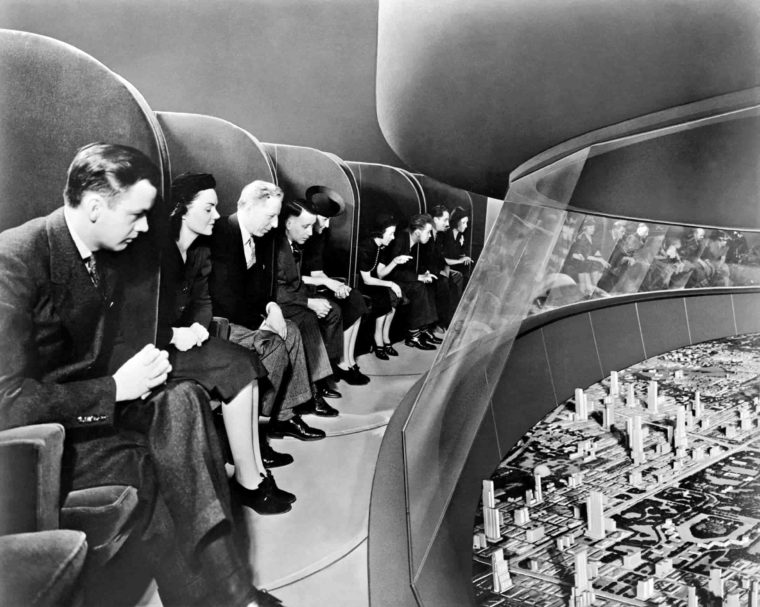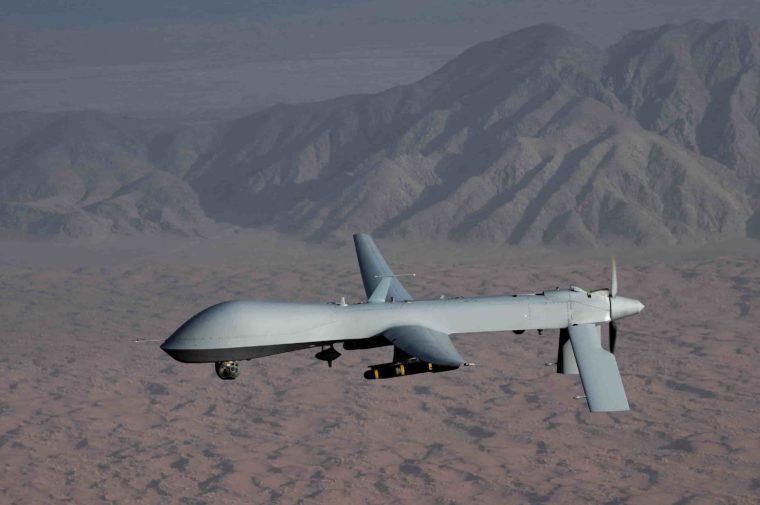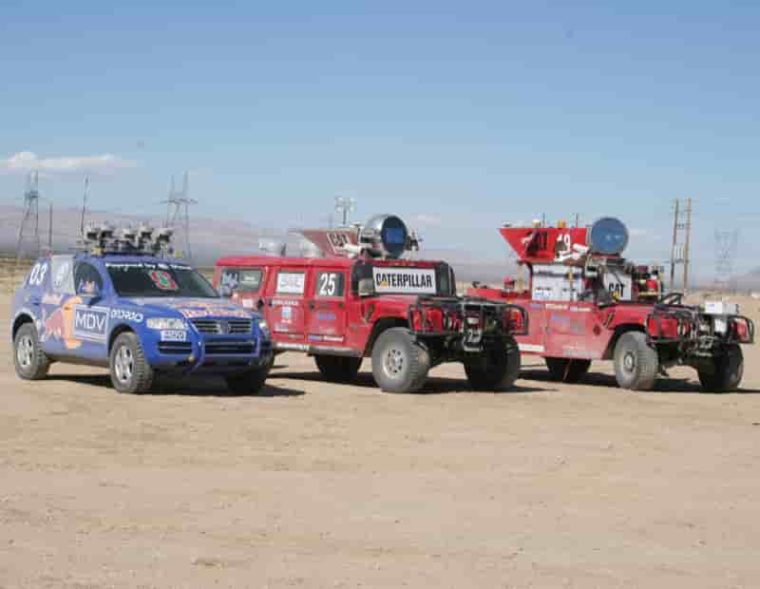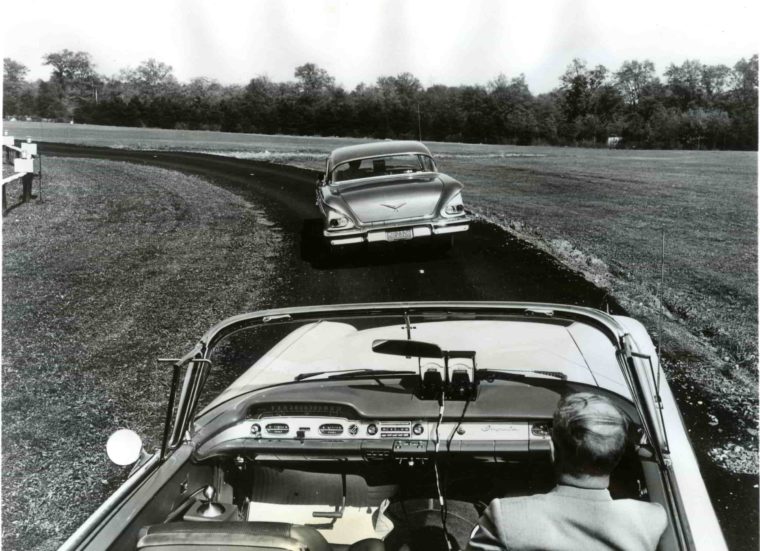Taking land, air, and sea by storm! Where To? explored the decades-long challenge of bringing self-driving cars to the general public. Self-driving cars have remained perpetually two decades away since the 1930s, while over the past century, autonomous and semi-autonomous vehicles have conquered the air, sea and roamed the edges of our solar system. See highlights and read related blogs below.

Visitors rode for a third of a mile in audio-equipped chairs through the 35,738-square-foot scale model of an imagined world of 1960, complete with automated highways. Sections included cities, countryside, and industrial areas. Credit: General Motors

The US Air Force and CIA’s infamous Predator has been used for surveillance since 1995, and for remote killing since 2001. The Predator is semi-autonomous, but its Hellfire missiles are fired only by a human operator. Credit: US Air Force photo/Lt Col Leslie Prat

The winning Stanley VW Touareg team was headed by Stanford Artificial Intelligence Laboratory professor Sebastian Thrun. Carnegie-Mellon’s Sandstorm and sister Humvee H1ghlander lagged just behind. All used similar technology, refined from the less successful 2004 event. Credit: Courtesy of Carnegie Mellon University

Some futurists feel that self-driving taxi “pods” could one day replace much public transit. Today, you can take a limited version from Heathrow’s Terminal Five to the parking lot or public transit stations. Credit: Ultra Global PRT

GM and RCA developed automated highway prototypes with radio control for speed and steering. Magnets in the car tracked a steel cable embedded in the road; control towers managed overall traffic flow. Credit: Radio Corporation of America (RCA)
Now Showing: Retro Games. Get Tickets
